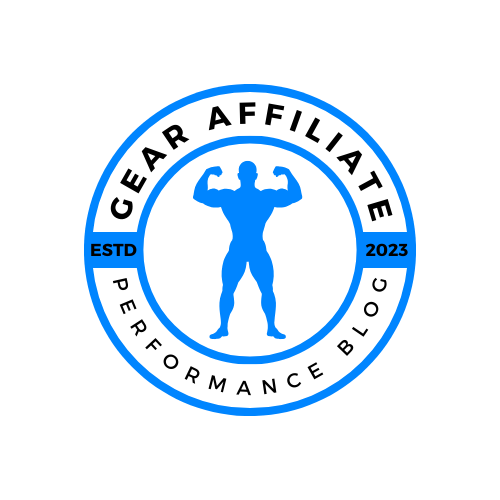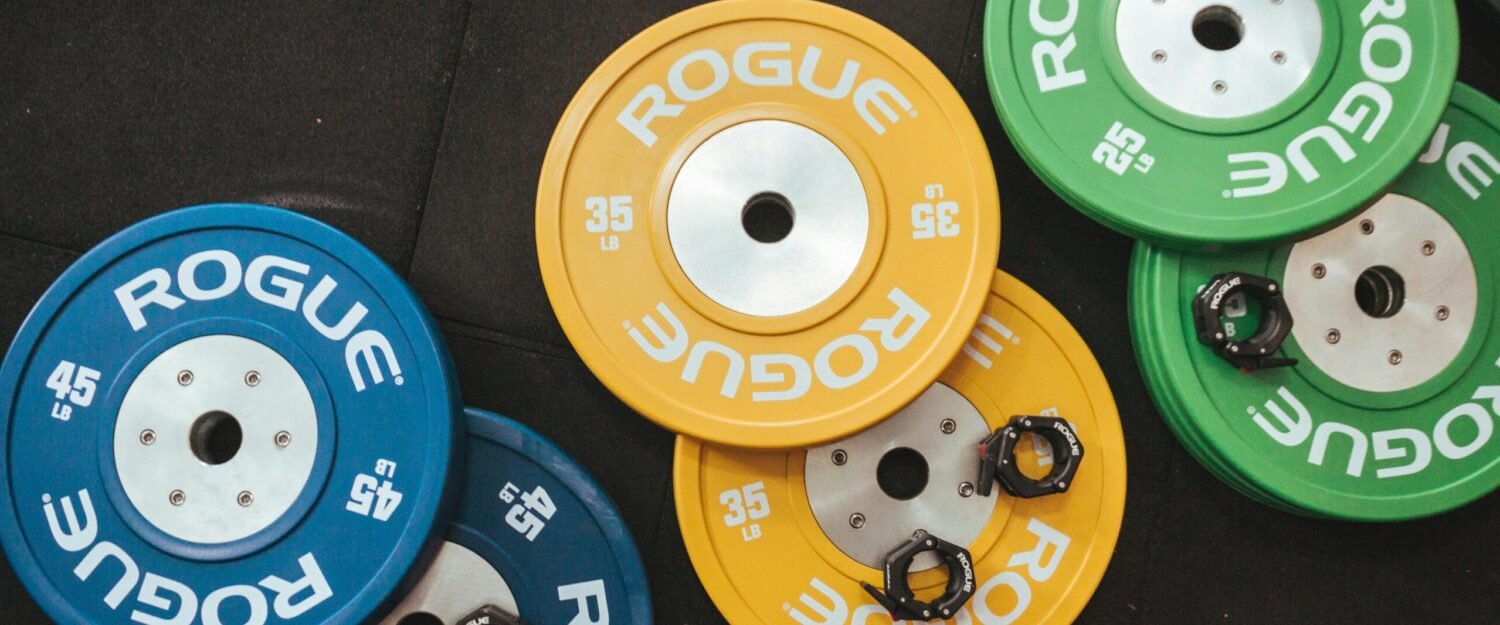
Table of Contents
Tips for Cutting Weight Without Losing Too Much Muscle
Understanding the Importance of Muscle Preservation
Muscle preservation is a critical aspect of any cutting phase aimed at reducing body fat while maintaining overall health and fitness levels. The role of muscle mass extends far beyond aesthetics; it is a key player in metabolism and energy expenditure. Lean muscle tissue is metabolically active, meaning it burns more calories at rest compared to fat tissue. Therefore, greater muscle mass directly contributes to an elevated basal metabolic rate (BMR), which can enhance weight loss efforts. When individuals undergo a caloric deficit to reduce fat, the goal should not be solely to decrease weight but to ensure that the weight loss comes primarily from fat rather than muscle.
Losing muscle mass can have detrimental effects on both appearance and health. When muscle is lost, the body’s ability to burn calories decreases, leading to a phenomenon known as metabolic adaptation where weight loss plateaus. This can result in frustration during a cutting phase, often prompting individuals to decrease caloric intake even further, which can exacerbate muscle loss and hinder metabolic health. Moreover, muscle plays a vital role in insulin sensitivity, maintaining blood sugar levels, and overall physical functionality, thus protecting against chronic diseases.
It is essential to differentiate between fat loss and weight loss during these periods. While weight loss may show a decrease on the scale, it does not provide the complete picture of one’s health or composition changes. The objective should be to maintain lean muscle tissue while minimizing fat stores, enabling individuals to achieve a healthier, more toned appearance. With an understanding of these physiological changes and the necessity for muscle preservation, one can approach cutting weight strategically, ensuring optimized results without compromising muscle mass.
Creating a Caloric Deficit the Right Way
A caloric deficit occurs when an individual consumes fewer calories than their body expends, prompting the body to utilize stored fat for energy. This fundamental principle underpins any successful weight loss journey. However, it is crucial to approach this deficit thoughtfully in order to retain muscle mass while cutting weight. Achieving this delicate balance requires a strategic understanding of one’s caloric needs and lifestyle factors.
To effectively create a caloric deficit, start by calculating your Total Daily Energy Expenditure (TDEE), which encompasses your Basal Metabolic Rate (BMR) and active energy expenditures. Several online calculators can assist with estimating these figures based on factors such as age, gender, weight, height, and activity level. Once you have determined your TDEE, a modest caloric deficit—typically 500 to 750 calories below your maintenance level—is advisable. This range promotes gradual weight loss without resorting to extreme restrictions that can jeopardize muscle mass.
It is also vital to set realistic and sustainable weight loss goals. Aim for a reduction of approximately 1 to 2 pounds per week, as exceeding this rate can significantly increase the risk of muscle loss. Furthermore, consider incorporating resistance training into your fitness regimen, as this can help maintain and even build muscle while in a caloric deficit. Alongside physical activity, ensure that your diet is rich in protein, which plays a critical role in muscle conservation. Foods such as lean meats, fish, legumes, and dairy products are excellent sources of protein that should be prioritized.
Lastly, focus on gradually reducing caloric intake rather than making drastic cuts. This approach not only minimizes the risk of muscle loss but also enhances long-term adherence to your weight loss strategy. By employing these methods, one can successfully create a caloric deficit while preserving valuable muscle mass throughout the cutting process.
Incorporating Resistance Training into Your Routine
Resistance training plays a vital role during a cutting phase. When the primary goal is to reduce body fat while preserving muscle mass, incorporating strength training exercises is essential. This type of training helps ensure that the body primarily utilizes fat stores for energy instead of muscle tissue. Engaging in resistance training not only aids in muscle preservation but can also promote muscle gains, even in a caloric deficit.
Examples of effective resistance training exercises include compound lifts such as squats, deadlifts, bench presses, and overhead presses. These exercises engage multiple muscle groups and promote the release of anabolic hormones that aid in muscle retention. In addition to compound lifts, isolation exercises like bicep curls and tricep extensions can be included to target specific muscles. A balanced routine that includes both compound and isolation movements can optimize results during the cutting phase.
For individuals looking to cut weight, it is recommended to engage in strength training at least three to four times a week. Each session should focus on different muscle groups, which allows for adequate recovery while maintaining a high training frequency. Incorporating a variety of exercises will not only keep the routine engaging but will also ensure that different muscles are stimulated, facilitating growth and retention. It is important to emphasize the principle of progressive overload during this phase. By gradually increasing the weights or resistance levels in your exercises, you ensure that your muscles continue to adapt and grow stronger, even in a calorie-restricted state.
In conclusion, resistance training is an indispensable aspect of any cutting strategy. By building a strong foundation through strength training, individuals can effectively cut weight while minimizing muscle loss, thereby achieving a more toned and athletic physique.
Nutrition Strategies for Cutting Weight Safely
Effective weight cutting requires a well-structured nutritional strategy that minimizes muscle loss while promoting fat reduction. Central to this process is the understanding of macronutrient ratios, specifically the balance of protein, fats, and carbohydrates. A higher protein intake is essential, as studies show that adequate protein consumption can significantly help in preserving lean muscle mass during caloric deficit. Aim for approximately 1.6 to 2.2 grams of protein per kilogram of body weight to maintain muscle tissue.
Incorporating healthy fats is also crucial, as they play a role in hormone production and overall health. Sources such as avocados, nuts, seeds, and olive oil should be included, while adhering to recommended fat intake around 20-35% of total daily calories. Carbohydrates, while often restricted during cutting phases, are necessary for fueling workouts and maintaining energy levels. Complex carbohydrates from whole grains, vegetables, and fruits are preferable, ensuring sustained energy release without excessive calorie intake.
Meal timing can further enhance cutting efforts; distributing protein intake evenly throughout the day can bolster muscle protein synthesis. Consuming protein-rich meals or snacks spaced every three to four hours allows for maximal utilization of the nutrients consumed. Furthermore, adequate hydration is paramount. Water not only supports metabolic reactions but also assists in controlling appetite, which can be particularly helpful during the cutting phase.
Supplements can also play a role in muscle preservation during weight loss. Creatine and branched-chain amino acids (BCAAs) may help support muscle retention when cutting calories. However, these should be viewed as adjuncts to a solid nutritional foundation rather than replacements for whole foods. Ultimately, making informed food choices, focusing on nutrient-dense foods, and maintaining a balanced macronutrient ratio is key to navigating the complexities of cutting weight safely while preserving muscle mass.
If you found this post to be helpful, then you may be interested in the rest of our blog page here.
At Gear Affiliate, we always want to give our readers more resources to research. Below are a few sources that we have found to be helpful relating to this topic.
Video Links: Video 1, Video 2.
Discover more from GearAffiliate
Subscribe to get the latest posts sent to your email.


